46 F. high in the Twin Cities Monday. That's the average high at MSP on
March 25.
30 F. average high on December 7.
35 F. high on December 7, 2014.
December 8, 1995:
A strong low pressure system passes across Northern Minnesota,
producing considerable snowfall in advance of an intense cold front.
Snowfall of five to eight inches was common with eight inches recorded
at New London and Alexandria. The most snow reported was 9.6 inches in
Mound. The Minneapolis St. Paul International Airport received 7.1
inches. The cold front moved through by late morning on the 8th as
temperatures dropped 20 degrees within an hour of the frontal passage.
Strong northwest winds of 20 to 40 mph immediately behind the front
resulted in severe blowing and drifting and white-out conditions in many
areas. Over 150 schools closed early or cancelled classes. Many
businesses closed early as well. The Governor ordered state offices
closed at noon on the 8th, sending thousands of state employees home.
Over 100 outbound flights were cancelled at the Twin Cities
International Airport, but the airport remained open.
December 8, 1876: The term 'Blizzard' is first used in the government publication 'Monthly Weather Review.'
December 8, 1804:
John Sayer at the Snake River Fir Trading Post near present day Pine
City mentions: 'Cold day. Thermometer 10 degrees below freezing.' Lewis
and Clark also noted this cold wave at their winter quarters in Ft.
Mandan, North Dakota near present day Bismarck.
March-like This WeekDecember Returns Next Week
Weather
whiplash means more than flip-flopping from drought to flood. It means
that winter can vary from a bitter "Polar Vortex" to what we're
experiencing now: a perfectly normal winter, for Tulsa, Oklahoma.
The metro area should have picked up a cool foot of snow by
December 8. But only 5 inches of snow has fallen - much of that melting on contact early last week.
El
Nino winters tend to be milder and drier. The last major El Nino
(1997-98) 45 inches of snow fell during the winter at MSP. In 1982-83 a
whopping
74 inches fell.
Every storm is different - every El Nino is different. It's dangerous
making broad generalizations. But one thing is as certain as the wart on
the end of my nose: the upcoming winter will be shorter than average.
40s continue into
Friday; a few rain showers sprout
Thursday
along the leading edge of cooler air. A light mix is possible over the
weekend, but ECMWF guidance shows the next (big) storm tracking east of
Minnesota.
Colder air returns late next week. You may even need a heavy jacket within 10-14 days.
Nothing polar is on the horizon. Not yet.
Not Much of a Cold Front.
After reaching 40s today, Wednesday and Thursday we cool off into the
mid to upper 30s the first half of next week, still as much as 10-15F
warmer than average. More of a not-as-mild front. Showers are likely
Thursday as this puff of cooler air arrives; a weak ripple of low
pressure may brush us with a mix Saturday but I don't see significant
accumulations close to home.
More March than December into Thursday.
Models show low to mid 40s Thursday before a gusty west wind transports
a cooler airmass back into Minnesota during the PM hours Thursday. I
still hesitate calling this a "cold front". Source: Aeris Enterprise.
Coat-Worthy Weather Late Next Week?
GFS guidance warms us up the middle of next week before a (much) colder
surge of air arrives; models hinting at teens for highs by Friday of
next week, December 18.
Tracking December Rain Showers.
NAM guidance from NOAA shows the best chance of rain Tuesday into
Wednesday from the MSP metro into Wisconsin; temperatures in the lowest
mile of the atmosphere warm enough for liquid precipitation with this
round. Source: AerisWeather.
10-Day Snowfall Potential.
I keep looking for a shift in the pattern, and although colder air
arrives by late week and the weekend I still don't see a jolt of (polar)
air capable of spinning up a major storm. Until temperatures are
(consistently) in the 20s (or colder) it will be hard getting
significant snow accumulations. GFS guidance continues to show a stripe
of significant snow by the middle of next week from North Dakota into
northern Minnesota. We'll see.
Cold Enough for Snow Leading Up to Christmas.
2-week predictions of 500 mb winds (GFS model) continue to flip-flop
between mild and cold solutions, the latest iteration shows a closed low
over the Great Lakes; hinting at 20s and 30s for the Upper Midwest; a
regime cold enough for snow - in theory.
Miami Rainfall Breaking Records Only Six Days Into The Month. Here's an excerpt of a post from meteorologist D.J. Kayser at
AerisWeather: "
A stalled front that we talked about last week
brought copious amounts of rain to southern parts of the Sunshine State
late last week and into the weekend. Numerous rainfall records were
broken over the period, with some receiving over a foot of rain. Let’s
take a look at some of the records that were set, could still be set,
and how often this type of heavy rainfall occurs in December across
southern Florida..."
El Nino to Interfere with Florida Holiday Vacationers.
Yes, the southern branch of the jet is (far) more active than usual, a
pattern which may linger much of the winter. Here's an excerpt from AccuWeather: "The
winter holidays are an ideal time for vacationers to head to warmer
destinations in Florida, but some plans can be spoiled this year as the
effects of El Niño ramp up. While occasional dry days will prevail, rain
events will be on the increase across Florida as the holidays approach
and new year gets underway. Vacationers envisioning spending days
soaking up sunshine and lounging on the beach may find themselves making
alternate plans for a least a portion of their vacation. The effects of
a strong El Niño ramping up will be the culprit behind the turn to
stormy weather..."
NASA Maps Show Just How Crazy the Storm Season Was in the Pacific. Here's an excerpt from
Gizmodo: "...
According
to meteorologist Phil Klotzbach of Colorado State University, the
biggest story was the amount of activity in the middle of the Pacific
Ocean. NASA’s Earth Observatory explains:
In the region above the equator from 140 to 180 degrees western
latitude—the North Central Pacific—14 named storms and eight hurricanes
formed or moved into the region. (The previous record for the region was
four hurricanes in 1982.) Five of this year’s storms reached category 3
or above (major), eclipsing the previous record of three. At one point
in August, three major hurricanes spun through the region east of the
International Date Line at the same time, the first time any
meteorologist has seen such activity..."
Beijing Issues Red Alert Over Air Pollution For The First Time.
What did they say about the air over L.A. back in the 70s? "Never trust
air you can't see." In much of China you can't breathe the air, drink
the water or eat the food - other than that things are going quite well.
Here's an excerpt at
The New York Times: "...
Officials
in the Chinese capital declared for the first time on Monday evening
that the thick smog blanketing the city was bad enough to require a red
alert, the highest level of alarm. It was the first time a code red had
been sounded since Beijing announced an emergency air pollution response
system with multicolored warnings in 2013. Across the city, residents
braced for the onset of another “airpocalypse”
— the term that some English speakers here use for the most toxic bouts
of air pollution. If carried out properly, the temporary restrictions
would affect many of Beijing’s more than 20 million residents..."
Image montage:
Twitter.
Attribution Studies Home in on Climate Change Signal.
A warmer climate (and ocean) is flavoring all weather now, but some
specific weather events are easier to link to a changing climate than
others. The emerging field of study is "attribution studies" and it
turns out (as you might expect) unseasonable warmth and record heat is
the easiest phenomena to link to a warming atmosphere; here's an excerpt
from
WXshift: "...
How
much of that was tied to climate change is what scientists around the
world tried to answer in the Bulletin of the American Meteorological
Society’s annual attribution report, which was published Thursday. What they discovered was that the clearest impacts of warming could be found in heat-related events,
from heat waves on land to unusually hot ocean waters. Other events,
like droughts in East Africa and the Middle East, California’s intense
wildfires, and winter storms that continually swept across the eastern
U.S., were harder to pinpoint. In part this is because such events are
inherently complex, with a multitude of factors influencing them..."


Could an Attack on the Electric Grid Mean Cybergeddon?
Pick up Ted Koppel's new book, "Lights Out". Mr. Koppel does not have a
reputation as an alarmist or someone prone to exaggeration. It got my
attention and should be on your reading list as well; here's an excerpt
at
The Washington Post: "...
Still,
Koppel has an easy time building a case for worry. When he asks Janet
Napolitano, former secretary of homeland security, the chances that some
adversary will knock out a significant part of the power grid, she
responds, “Very high — 80 percent, 90 percent.” More troubling: Koppel
cites George Cotter, a former chief scientist at the National Security
Agency, who has repeatedly contended that the grid is dangerously porous
to hostile intrusions. What especially bothers Cotter is the
deregulation and restructuring of the electric utility industry.
Traditionally, the industry was dominated by a small number of large
companies responsible for generating, transporting and delivering power
to customers. But in recent decades, these various functions
(generation, transportation and delivery) have been split among separate
firms. Cybersecurity becomes harder, because the task of protecting the
grid is spread among many more businesses..." (Image credit: WND.com).

War Games: 350 Utilities Join Feds in Simulation of Large-Scale Grid Attack. Following up on the article above; here's an excerpt from a story at
Utility Dive:
- "The
North American Electric Reliability Corporation (NERC) last week ran a
simulated attack on the United States' utility grid in partnership with
industry and government to determine how to improve responses in the
event of a real attack.
- While the test did not unveil
any new or immediate vulnerabilities, EnergyWire reports that in a
worst-case scenario some cities could be left uninhabitable.
- The
test involved about 10,000 participants and 350 utilities, and
simulated attacks on corporate and control systems, communication
failures and physical attacks including bombings and shootings..." (Photo credit: NatGeo).
Yes, Iowa Still Matters.
Politico has a fascinating story that goes to "tribe" - we tend to vote based on worldview and where we live; here's a clip: "...
When
it comes to political geography, our most abiding fissures are not
urban versus rural, “North” against “South” or the coasts against the
interior. Rather, they are between nearly a dozen dominant regional
cultures, most of which can be traced back to the distinct European
colonial cultures that first took root on the eastern and southern rims
of what is now the United States. These cultures spread across much of
the continent in mutually exclusive settlement bands, laying down the
institutions, symbols and cultural norms later arrivals would encounter
and, by and large, assimilate into. Once you know this pattern of
settlement, you can recognize it in county-level data on everything from
health statistics and economic mobility to gun violence and, yes,
voting patterns, whether it’s the general election of 1860, 1916, or
2008, or the presidential primaries of 2012..."
Map credit: Tufts Magazine.
 Despite Push for Cleaner Cars, Sheer Numbers Could Work Against Climate Benefits
Despite Push for Cleaner Cars, Sheer Numbers Could Work Against Climate Benefits. Here's a clip from
The New York Times: "...
For
all Mr. Feunteun’s optimism, the delegates to the United Nations
climate conference in nearby Le Bourget, France, confront a sobering
fact: The number of automobiles on the world’s roads is on pace to double
— to more than two billion — by the year 2030. And more likely than
not, most of those cars will be burning carbon-emitting gasoline or
diesel fuels. That’s because much of the expansion will be propelled by
the rise of the consumer class in industrializing parts of the globe,
especially in China and India, as hundreds of millions of new drivers
discover the glory of the open road..."
File photo credit: Glen Stubbe, Star Tribune.
The Sports Bubble is About to Burst. If ESPN can be disrupted (by cord-cutters and new technologies) what media empire is immune? Here's an excerpt from
The Daily Beast: "
Don’t
buy ESPN’s PR talk that its 7 million-household dip in subscribers is
just a blip. It’s for real, and the end of its empire will have
widespread consequences for the way you watch sports and pay for TV.
Your favorite sports team is massively overvalued right now. It’s not
that you ought to be losing sleep over Jerry Jones’s or Mark Cuban’s
finances—they were rich before and will be rich after. But the popping
and cracking noises emanating from the key support beam in our Temple of
Athletics—the TV sports business—foreshadow wild disruptions ahead for
the world of sports..."
* Netlix and other streaming services use 70% of the Internet's bandwidth? The Wrap has the
story.
From David Pell at
NextDraft:
Few things tell a story quite like a photo. And few people curate photos as well as Alan Taylor. So you don't want to miss
InFocus' look at
the top 25 news photos of 2015.
+ And another excellent collection:
AP Photos top 100 news images of 2015.
Illustration credit above: Emil Lendof/The Daily Beast.
Self-Sufficient Floating Home Creates Its Own Water and Energy.
In a day and age of rising seas and increasing power outages this
doesn't seem like such a bad idea (although riding out a hurricane or
Nor'easter might become a religous experience). Here's a clip at
Gizmag: "
Living
on a houseboat may seem very romantic, but the day-to-day misery of
hauling water from shore and listening to the thump of the generator can
soon take the icing off the cupcake. As a glimpse into what could be
the future of aquatic living, two Fraunhofer Institutes and their
partners are working on a self-sufficient floating home that creates its
own water, electricity, and heat without looking like a works barge..."
The 20 Most Ingrammed Places in the World? Travel and Leisure takes a look - here's a sneak peek: "....
While No. 1 is no
real surprise (New York City, Times Square) the rest of the list
spreads a more worldly light on the app's millions of users. Check out
the top 20 cities below and see how many you've 'grammed in person (talk
about a vacation itenarary!). If this isn't enough vacation inspiration
to get your trip-planning in gear, head on over to our round-up of the 50 best places to visit in 2016.
- New York, New York
- Paris
- London
You Remember Winter, Don't You? My 85-year old father forwarded me this
YouTube clip (from The Poke) that reminds us why we love our northern climate. I suspect the Florida Chamber of Commerce is behind this.
Iceland is Throwing a Massive Party Inside a Glacier Before it Melts Forever. There's still time to buy a ticket, according to
Plaid Zebra: "...
Since the 1980s Iceland’s temperature has been steadily increasing according to records. At most
the ice cave of Langjökull has a lifespan of 10 to 15 years. The small
volcanic island is also perched at the mouth of the rapidly melting
Greenland Ice Sheet. More arctic landmass has been lost in the last two
decades than over the previous 10 millennia. Within the last 200 years,
the Industrial and Second Industrial revolutions have increased the
amount of carbon dioxide in the atmosphere by 40 percent and methane by a factor of three according to the National Snow and Ice Data Center...
As
in biblical times, the Christmas season officially begins the day after
Halloween, and that’s when the holiday catalogs started showing up.
Gird your loins, folks: the
Season of Audi has arrived.
The
deep introspection, the "Emmanuel, God with us" soul-searching can wait
until January, when all the hubbub has passed and the bills start
arriving.
We piled the catalogs up on the dining room buffet as a visual warning against the coming materialistic storm
- See more at: https://sojo.net/articles/tis-season-audi#sthash.KLwI5ng3.dpuf
Norway Newspaper Publishes Father Christmas "Obituary". Oh, that's not good - here's an excerpt of an explanation at
BBC: "
A
Norwegian newspaper has apologised to its readers after publishing a
death notice for "Father Christmas". The fictional death announcement
was for "Dear Father Christmas, born 12 December 1788", said to have
died on 3 December in Nordkapp, Norway's northernmost point. The funeral
was to be held on 28 December at the "North Pole Chapel". Norway's
second-biggest selling newspaper blamed an error in its internal
procedures..."
TODAY: Patchy clouds, PM shower or sprinkle? Winds: S 7-12. High: 43
TUESDAY NIGHT: Gradual clearing. Low: 32
WEDNESDAY: More sun, more vague hints of spring. Winds: SW 8-13. High: 45
THURSDAY: Mild start, better chance of showers. Winds: W 15-25. Wake-up: 37. High: 47
FRIDAY: Mostly cloudy, cooler - less wind. Winds: E 5-10. Wake-up: 33. High: near 40
SATURDAY: Light mix possible. Slushy up north? Winds: NE 7-12. Wake-up: 32. High: 38
SUNDAY: Flurries taper, slow clearing. Winds: N 10-20. Wake-up: 30. High: 35
MONDAY: Intervals of sun, seasonably cool. Wake-up: 28. High: 34
Climate Stories...
Even ExxonMobile Says Climate Change is Real. Why Won't the GOP? Fred Hiatt makes the case at
The Washington Post; here's an excerpt: "...
With
no government action, Exxon experts told us during a visit to The Post
last week, average temperatures are likely to rise by a catastrophic (my
word, not theirs) 5 degrees Celsius, with rises of 6, 7 or even more
quite possible. “A properly designed carbon tax can be predictable,
transparent, and comparatively simple to understand and implement,” Exxon says in a position paper titled “Engaging on climate change.”
None of this is radical. Officials negotiating a climate agreement
right now in Paris would take it as self-evident. Republican leaders in
the 1980s and 1990s would have raised no objection..."
Christian. Conservative. Tree-Hugger. I guess this one hits close to home; here's an excerpt from
Politico: "...
In
the hyper-partisan world of American climate politics, these guys are a
minority within a minority—evangelical environmentalists who are deeply
conservative. Christian environmentalism has been making some headlines
recently, not least over the summer when Pope Francis connected climate
with social justice in his encyclical, Laudato Si: On Care for Our Common Home,
and spoke again on those themes during his September visit to America.
In the run-up to the international climate talks in Paris, advocates for
bold action on global warming embraced the encyclical. The shorthand
for faith-based environmentalism is “creation care”—the notion that
people have been entrusted by God to care for the Earth..."
Honduras, Myanmar, Haiti Top Risk List for Extreme Weather, Climate Group Says.
ABC News in Austrailia has more details; here's a link and excerpt: "
Honduras,
Myanmar and Haiti top a new list of nations hardest hit by two decades
of storms, floods, landslides and droughts that killed more than half a
million people, climate analysts say. They warn of more frequent
disasters if Earth's overheating cannot be tamed. Scientists point to
the mounting threat from storms, floods, droughts and rising seas if
mankind cannot brake emissions from heat-trapping greenhouse gases,
especially from fossil fuels..."
Photo credit above:
"An aerial view shows flooding over Kalay, upper Myanmar's Sagaing region earlier this year."
(AFP: Ye Aung Thu)
A Cool Consensus Emerges on Global Warming. Here's a clip from
The Christian Science Monitor: "...
One
habit under a harsh spotlight at the Paris talks is the common practice
of governments to subsidize coal and oil use. This financial support
only encourages fuel waste. And it sends the wrong signal about the
future cost of global warming. Ending fossil-fuel subsidies would cut
global carbon emissions by 20 percent, according to the International
Monetary Fund. “Fossil fuel subsidy reform is the missing piece of the
climate change puzzle,” says New Zealand Prime Minister John Key, who
helped form a coalition of more than 30 nations before the talks to push
for subsidy reform..."
It's Time to Treat Carbon Dioxide Like The Waste Product It Is.
Future Tense at Slate has the story - here's a link and excerpt: "...
if we don’t manage to create or scale the technologies that reduce, reuse, and recycle CO2 waste, we will have to rely on biological or technical methods
to dispose of it. The most common way is to plant a tree, which will
hold onto carbon for about 50 years. Of course, that would be an awful
lot of trees—it’s probably not a viable solution for all of the CO2 without
taking over arable land needed for feeding the planet. Another option
might be to burn the trees in power plants and collect the CO2 waste and permanently store it underground or bind it to certain soils or rocks rich in olivine and form mineral carbonates. Biochar can also sequester some carbon dioxide..." (File photo: Jim Cole, AP).
Aquarium Artwork Brings Home the Threat of Climate Change. People living in Miami are taking the long-term risk seriously; heres's an excerpt at
Mashable: "
As world leaders and scientists wrestled this week over how to respond to climate change at the U.N. Climate Summit
in Paris, locals and passersby attending the international art fair Art
Basel in Miami could experience the threat first hand. Artist Lars Jan,
who lives in Los Angeles, has placed an aquarium in a Miami plaza in
which performers must struggle to do everyday tasks — dancing, drinking
coffee, reading a newspaper — as water floods the enclosed space and
then drains away. The water level of the installation, called
"Holoscenes," responds to real-time environmental data..."
Photo credit above: Lynne Sladky/Associated Press.
Chasing a Climate Deal in Paris. Here's the latest on efforts by 180 countries to agree on limiting greenhouse gas emissions, an excerpt at
The New York Times: "...
Climate Interactive, an American group with ties to the Massachusetts Institute of Technology, projects
that by the end of the century, the deal would allow the planet to warm
about 3.5 degrees Celsius (6.3 Fahrenheit) above the level that
prevailed before the Industrial Revolution. That is an exceedingly
worrisome number that would mean an extensive melting of the polar ice
caps and a large rise in sea levels. A coalition of European think
tanks, operating under the name Climate Action Tracker, projects
an increase of 2.7 degrees Celsius (4.9 Fahrenheit) under the deal —
still pretty worrisome, but closer to the two degrees Celsius (3.6
Fahrenheit) that countries agreed five years ago would be a climatological red line..."
Science to the Rescue on Climate Change. Here's the introduction to an Op-Ed from the Wisconsin State Journal at
madison.com: "In the hit movie “The Martian,” an astronaut played by Matt Damon is left for dead on the Red Planet. “
So
in the face of overwhelming odds,” Damon’s character says, “I’m left
with only one option: I’m going to have to science the sh-- out of
this.” And he does, growing potatoes using Martian soil to stay alive
and recycling a space probe to communicate with NASA, among other feats
of knowledge. It’s Hollywood fantasy. Yet a similar can-do attitude
(minus the naughty words) has pervaded Paris in recent days, thanks in
large part to billionaire technologist and investor Bill Gates. Here on
Earth, the reality of climate change demands American ingenuity to
dramatically reduce carbon pollution that’s warming our planet and
jeopardizing our environment, the economy, and the future of our
children and grandchildren, Gates told world leaders at the Paris
climate summit..."
Growing Connection Between Climate Change, Terrorism Affects Politics.
If you're dismissive of climate science, odds are you won't connect the
dots. Like our military is doing at the present time, according to
Newsweek. Here's an excerpt: "...
Earlier
this year, the Pentagon released a detailed report on the security
risks of global warming, concluding that “climate change will aggravate
problems such as poverty, social tensions, environmental degradation,
ineffectual leadership and weak political institutions that threaten
stability in a number of countries.” The intelligence community agrees: Former CIA Director Leon Panetta, current Director of National Intelligence James Clapper and current CIA Director John O. Brennan
have all weighed in on climate-related political destabilization in
resource-poor countries. In a report to the Senate Armed Services
Committee, Clapper’s office wrote that “extreme weather, climate change,
and public policies that affect food and water supplies will probably
create or exacerbate humanitarian crises and instability risks,” citing
climate change as a potential cause of water scarcity in dry regions
like the Middle East..."
Photo credit: "
The
Eiffel Tower is lit with blue lights as part of the events in the
French capital to mark the World Climate Change Conference. The terror
attacks that shook Paris in November led to increased security at the
climate change talks." Eric Gaillard/REUTERS.
This Realtor Wants to Make Money Off Climate Change. Is That So Bad?
Seas are rising - it only makes sense to factor in projections of sea
level rise and how they might impact beachfront properties. Dollars and
sense. Here's an excerpt from Grist: "...The
idea for Higher Tides, Collins told me, came after his family’s home
was destroyed by Hurricane Sandy. Afterward, Collins realized that not
only is climate change a real and present danger, it’s also a business
opportunity: “I wanted to say something about climate change and apply
my skills as a real estate agent as well. I found that this is a viable
business opportunity. Yes, it’s obviously ridiculous but it is a niche
market that hasn’t been tapped yet, so we decided to run with it.” What
Higher Tides does, in essence, is help people decide where to move based
on climate models and projections. “We are looking for clients that
either want to relocate because the water level is rising or the
temperatures are changing or the ecosystems around them are completely
dying off,” Collins said..."
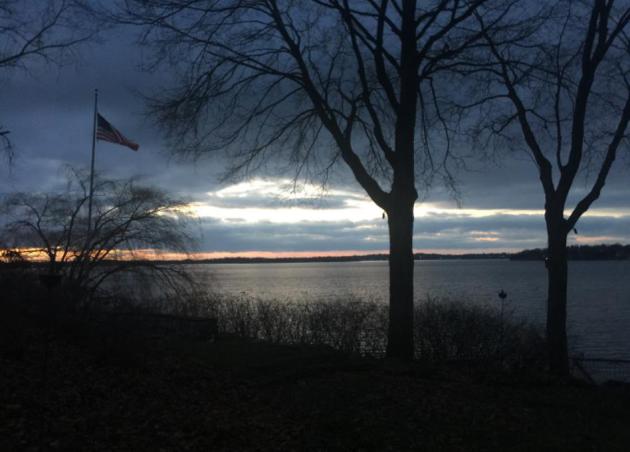
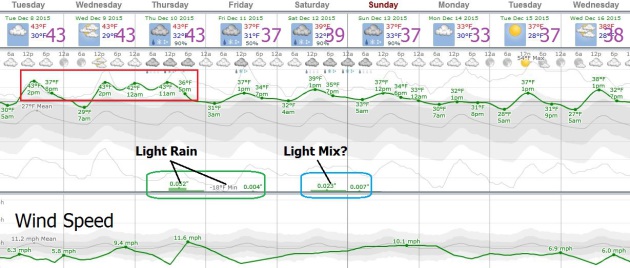


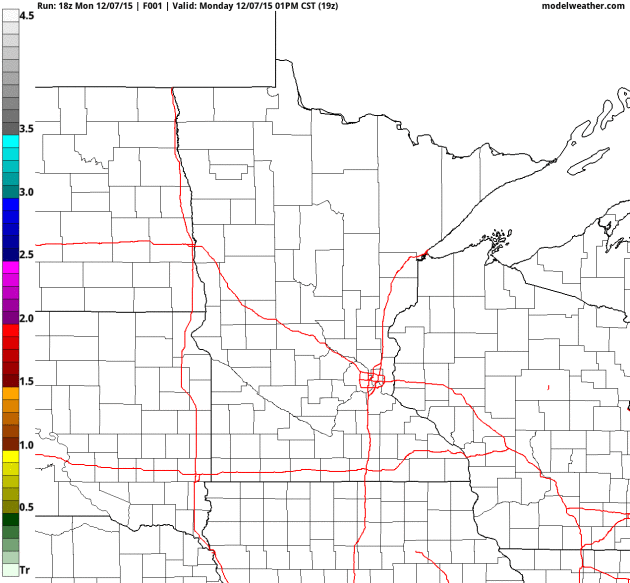
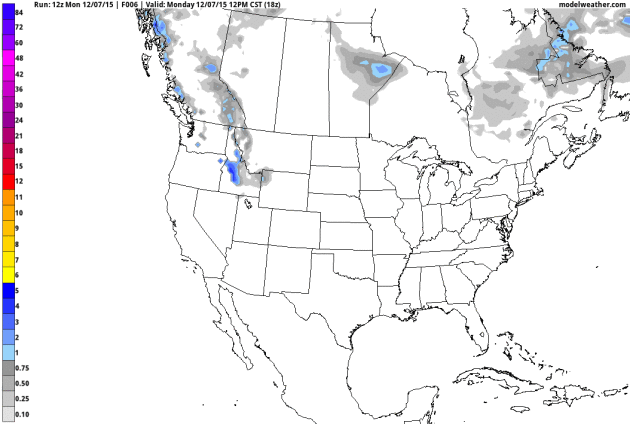
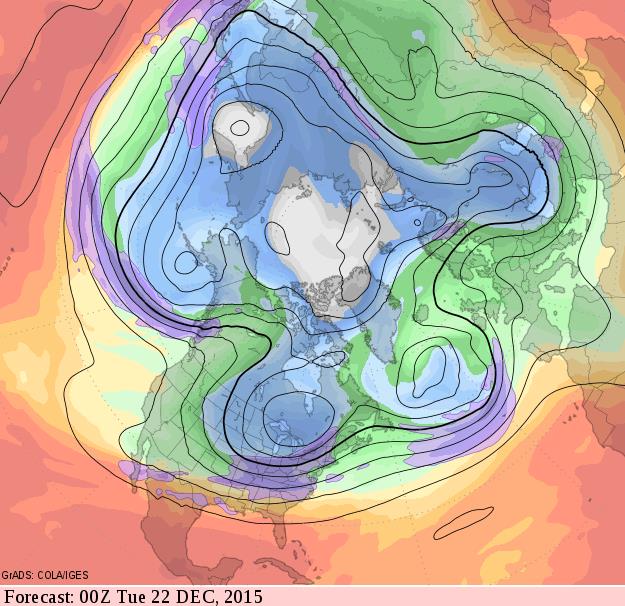
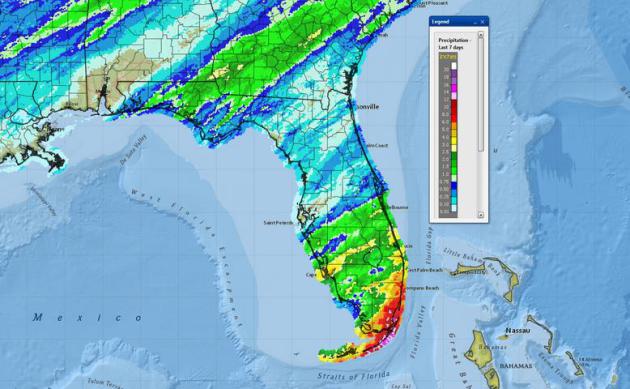
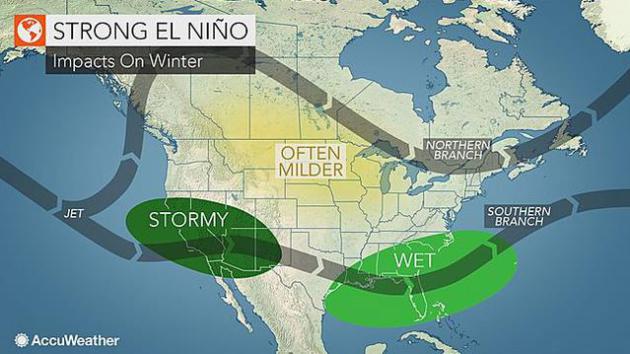
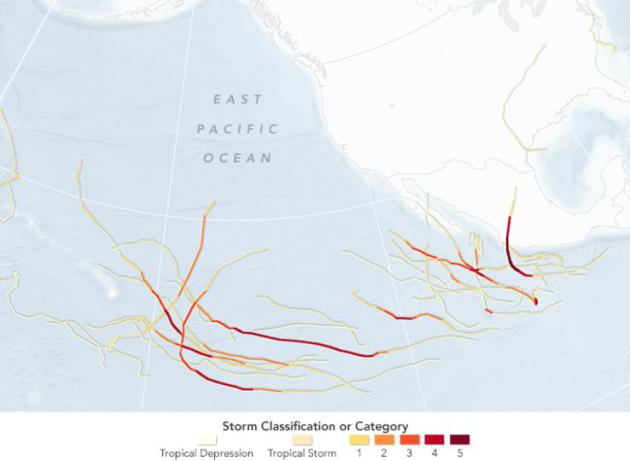
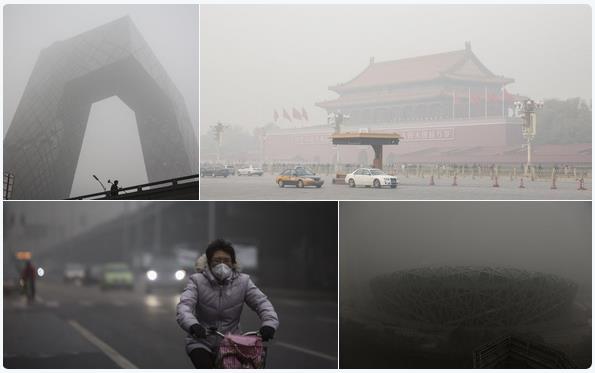
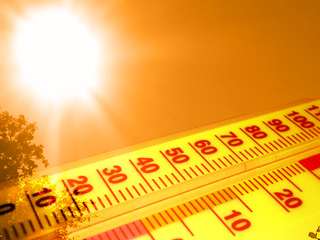
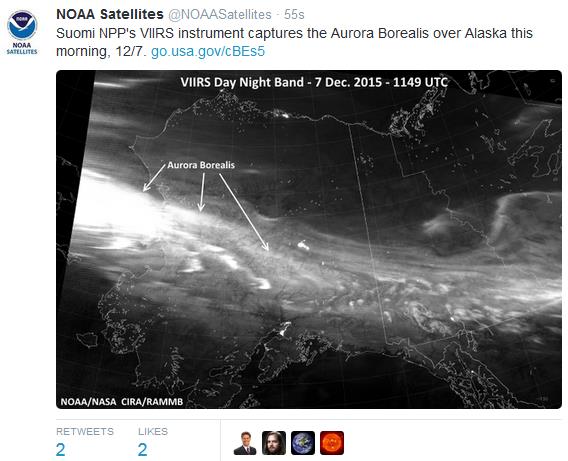
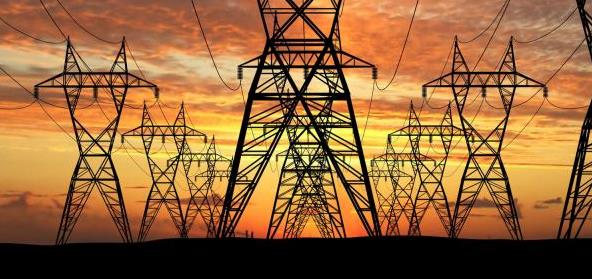
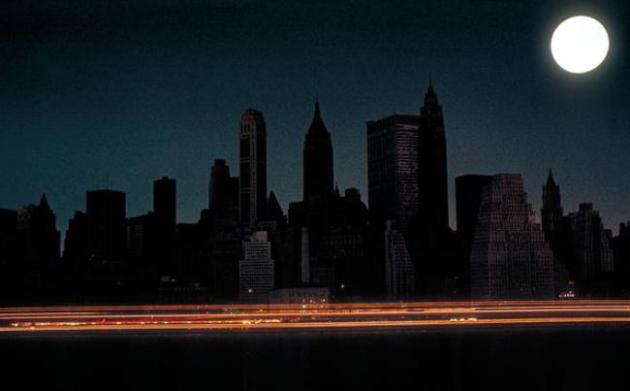
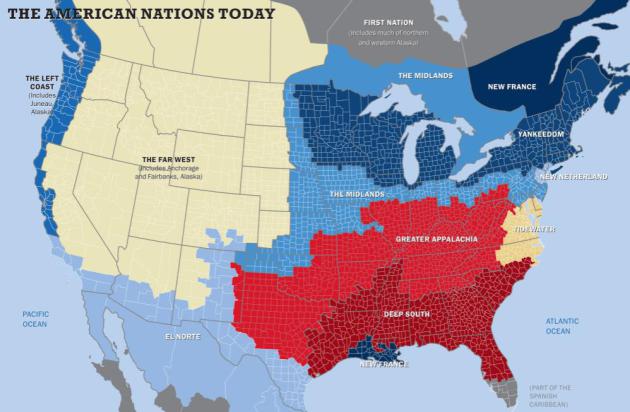

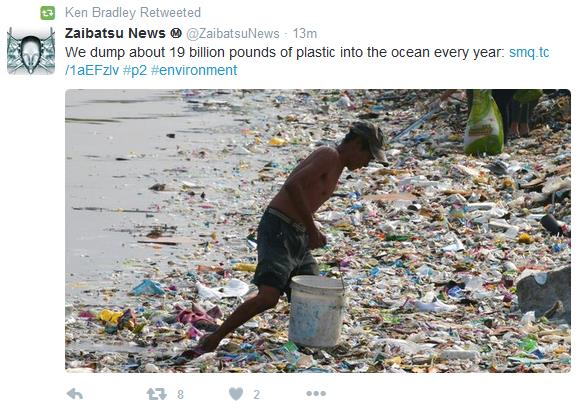



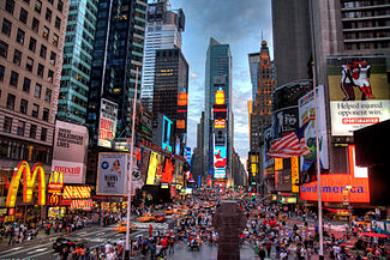
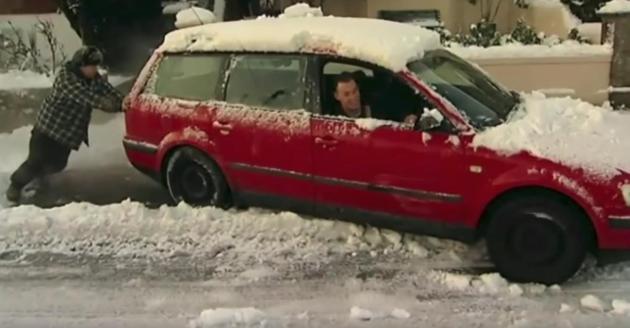
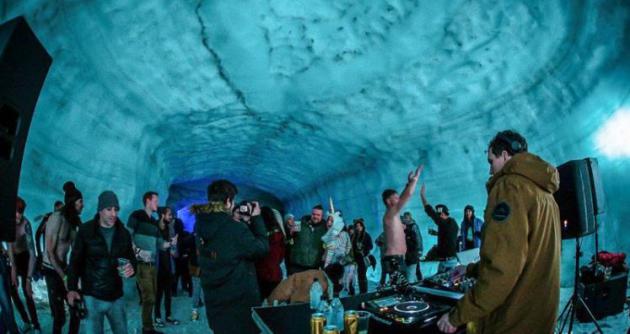

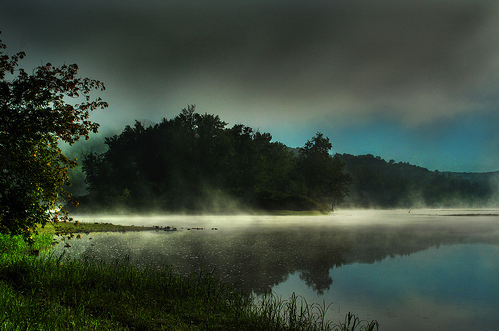
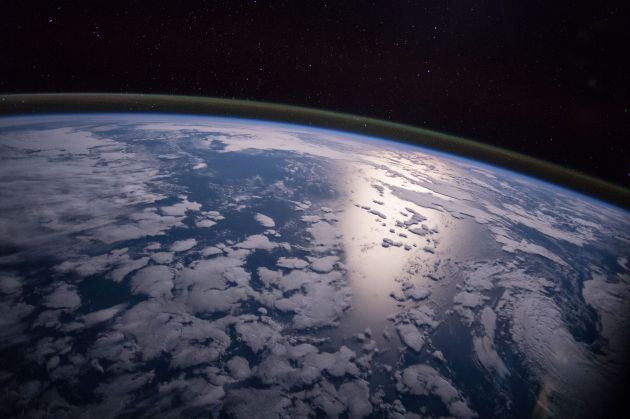
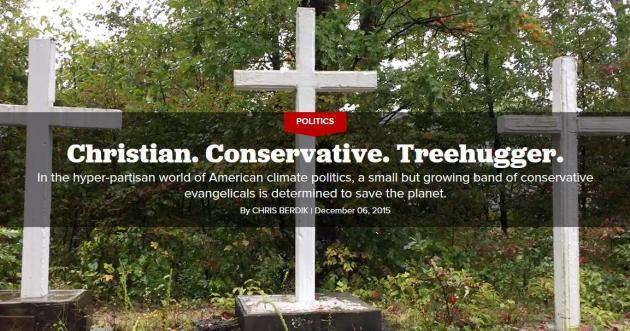
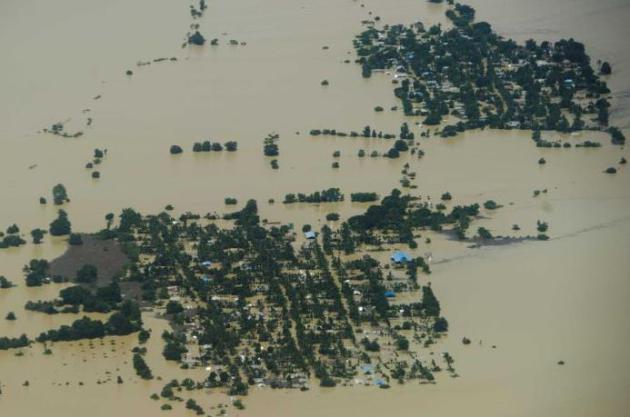
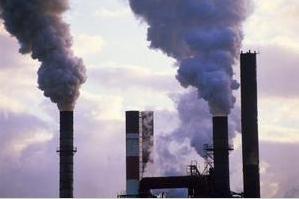
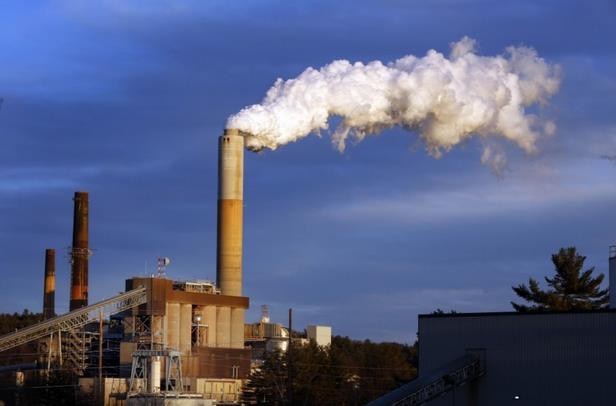

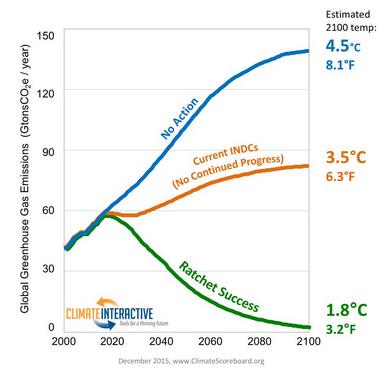

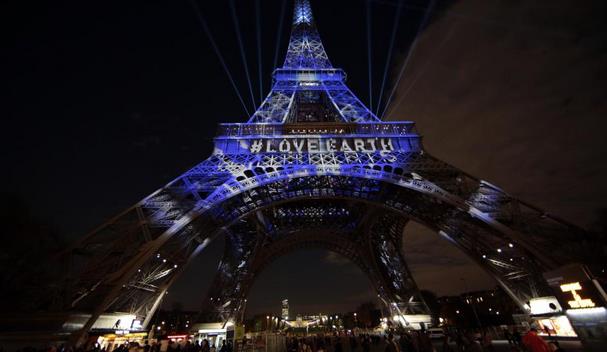
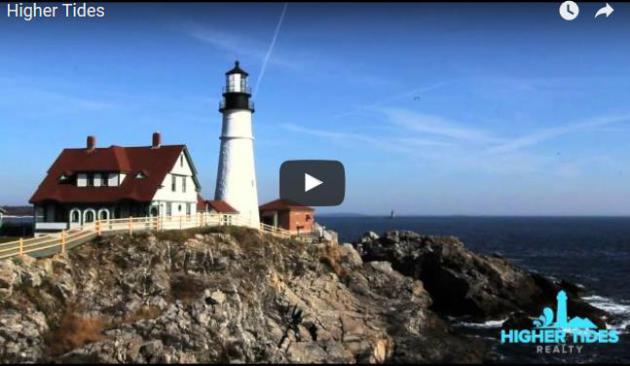
No comments:
Post a Comment